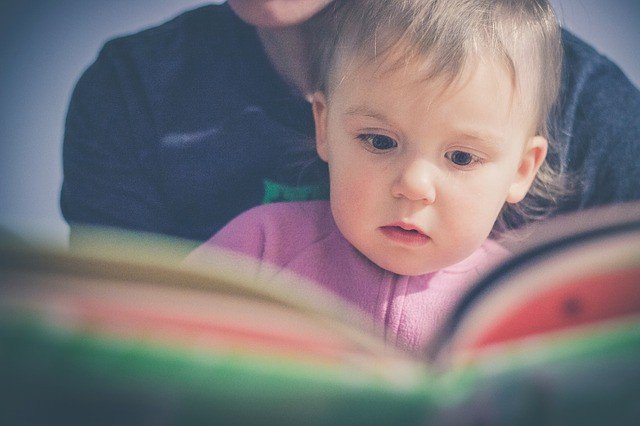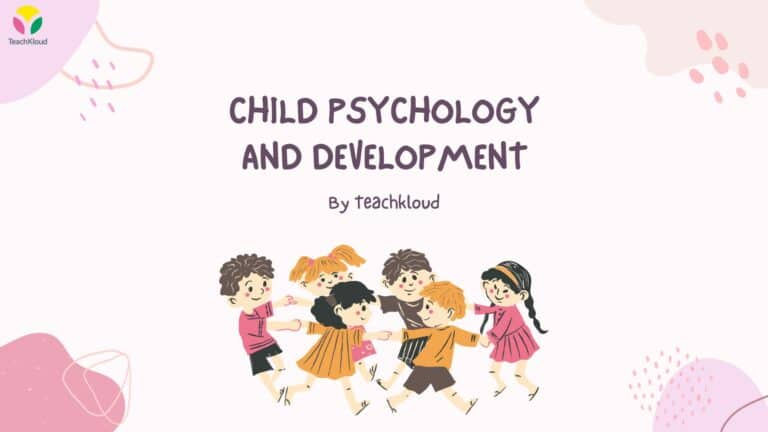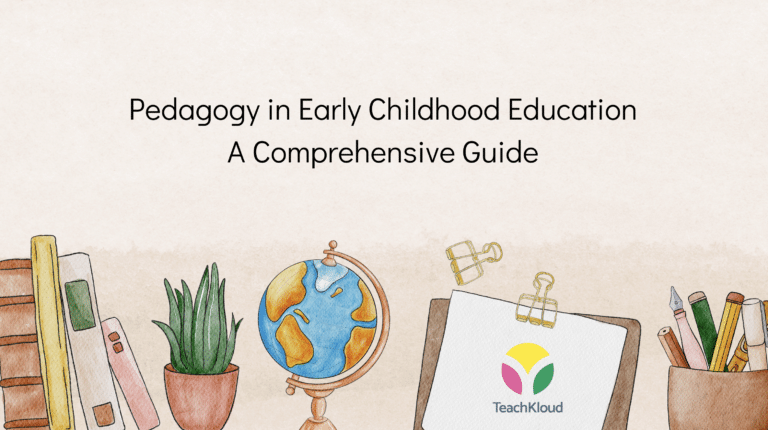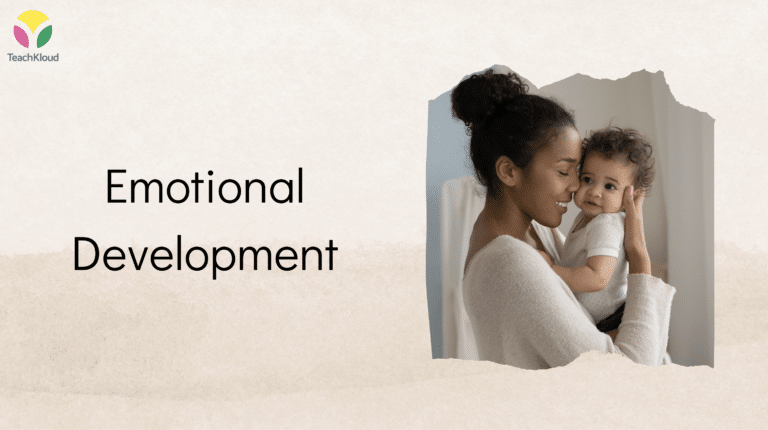Look Who’s Talking: An In-Depth Look At Language Development
Introduction
Language is a remarkable thing. The world is made up of many different languages and within those languages, many different dialects. The way that one learns language has been debated and theorized for a long time. Some theorists believe that language is learned by the way a child is raised (nurture). Others believe that children are born with the innate ability to learn language regardless of family life or circumstances (nature). In this paper, the major language development theories will be discussed, as well as how the brain processes language and the major language milestones that occur in pre-school children.
Major Language Development Theories
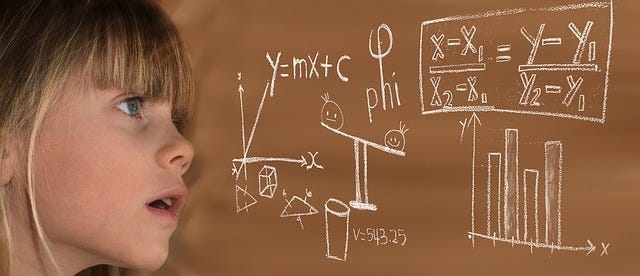
When discussing language development theorists and theories, B.F. Skinner, Noam Chomsky, Jean Piaget, Jerome Bruner, and Lev Vygotsky are some of the theorists who have greatly contributed to language development.
B.F. Skinner’s theories are centred on behaviour and operant conditioning. He believed that behaviours are learned through reinforcement. For example, if a dog does a trick and is given a treat by his owner, he will most likely do that same behaviour again in the future because he was positively reinforced. When it comes to language, Skinner believed that language is learned through a series of positive reinforcements.
Noam Chomsky believed in the Nativist Theory — the idea that people have an innate ability to learn and gain knowledge. Much like Skinner’s theory of reinforcement, Chomsky believed that adults shape their children’s language learning by repeating babbling sounds and associating them with words. For example, when a child ‘babbles’ “mamamama” a parent may provide reinforcement by saying “mama”. Chomsky believed that everyone is born with a Language Acquisition Device (LAD), a “device” that contains all the correct grammatical rules for all languages. The LAD allows the child to understand the language they are spoken to in and pick up on all of its grammatical rules. Chomsky believed that the LAD was the way children learned because he felt that all aspects of languages, syntax and language rules are universal. For example, English and Russian are very different languages, even using different alphabets. However, both languages include nouns and verbs that are used in the same context.
Jean Piaget believed that language learning is connected to the child’s cognitive development. Language gradually develops and expands as the child goes through each of the cognitive development stages. For example, in the sensorimotor stage, the child thinks that once something is removed from their sight that it is gone forever. In the pre-operational stage, the child understands and will talk about an object they played with even if it is not in their sight anymore.
Jerome Bruner believed in the Language Acquisition Support System (LASS) as a continuation of Chomsky’s LAD. Bruner believed that through LASS, parents use pictures and books as a way to stimulate language in children. LASS involves four techniques:
· Gaining attention- drawing the babies attention to a picture
· Query- asking the baby to identify the picture
· Label- telling the baby what the object is
· Feedback- responding to the babies utterances (Hub, 2012)
Lev Vygotsky believed that children learn language by solving problems. Children solve these problems with the help of their parents and other family members. Through modelling by their parents, and listening to those around them, children learn and practice language skills. Vygotsky’s theory is closely connected to the idea of social behaviour and social interactions. These interactions help the child’s language skills to expand.
Major Language Development Theories in Practice

Theories are used to help explain how a certain thing occurs. For language, the theories are based upon the person’s innate ability, survival strategies, or social interactions. To put these theories into practice, you must strongly believe in what they are saying.
Educational theories influence how a teacher teaches, what methods they use, and how they handle certain situations in their classroom. The same goes for language practices as well. If you believe that children learn language on their own, you may not be as involved with when it comes to language acquisition. Whereas, if you believe that social interactions are best for language development, you will keep your child surrounded by adults and peers to help them strengthen their language skills. If you believe that the child’s language ability comes as they grow, you may not want to force language on them at a young age. The ideas behind the theories are what determines how the person stresses language.
How Does the Human Brain Process Language?
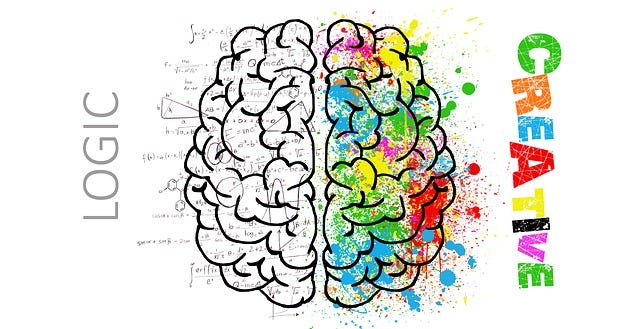
How the brain understands language has been a scientific wonder for many years. Researchers have always been interested in the brain’s remarkable way to produce and process language. In the mid-19th century, scientists began searching for the parts of the brain that are involved in speech. In 1861, a French neurologist by the name of Paul Broca discovered that a problem in a part of the left hemisphere of the brain was contributing to the fact that there were people who could understand spoken language but had difficulty producing language. The area he discovered has been named Broca’s area. In 1874, Carl Wernicke, a German physician, discovered a problem in another part of the left hemisphere contributed to the fact that there were some people with excellent, fluent speech but poor comprehension skills. That area has been named Wernickes area.
The right and left hemispheres of the brain have very important functions. For language, the left hemisphere is what controls one’s ability to speak and understand language. Scientists for many years have been perplexed by why the left hemisphere of the brain is in control of language. It makes sense, though, that Broca’s area and Wernicke’s area are located where they are. Broca’s area, which is involved in speech production, is located next to the motor cortex that controls the muscles of the mouth and lips. Wernicke’s area, in charge of speech comprehension, is located right next to the part of the brain that receives messages from the ears: The Auditory Cortex.
OK…but what else makes this possible?
We already discussed that the brain has two hemispheres: right and left. But what else makes the brain so unique and perplexing? Connecting the two hemispheres to the spinal cord is the brain stem, consisting of the mid-brain, the pons, and the medulla oblongata. The cerebellum, located at the back of the pons, is responsible for movements and body posture. The cerebrum has been the topic for much research, especially the cerebral cortex. The cerebral cortex is the primary controller of voluntary movement and intellectual functions, as well as decoding information from the senses. The white matter, or fibre tracts, are responsible for transmitting signals between the hemispheres, the cortex, and the brain stem. The cortex’s surface is not smooth, but covered with gyri that are separated by fissures. If you are looking for free to watch, engaging short masterclass videos with e-certificates, for childcare professionals on psychology, behaviour, observation and curricula, click here.
The median longitudinal fissure separates the two hemispheres and is the brain’s main feature. It only extends part of the way through the cerebrum with the corpus callosum (nerve fibres) at the lower end. With the corpus callosum, information can be transmitted between the left and right hemispheres. Each hemisphere receives information from the other and often nerve fibres will cross between the two. In addition, the brain also has a number of fissures which divide the brain into four main lobes: frontal, temporal, parietal, and occipital. The frontal lobe is usually fully developed by age 21 and is where the most complex thinking occurs. The temporal lobe is where auditory information is processed. The parietal lobe is where sensory information is integrated and processed. The occipital lobe is where visual information is processed.
Now even though their functions are not specific to speech and language, they are still important and related. For example, when you read something, your occipital lobe must process the print in order for you to understand. When it comes to domination amongst the brain’s hemispheres, most right-handed people have the left hemisphere as the dominant. However, it is not the same for left-handed people. For most, the left is also their dominant hemisphere as well or involved greatly with the right hemisphere (something called mixed dominance). Theory of cerebral localization is the idea that a single area of the brain is in charge of specific function. Like mentioned above, Paul Broca and Carl Wernicke did extensive research on the brain in the 1800s and discovered how damage to those areas affects certain linguistic abilities. The different areas of the brain and lobes have specific functions to speech and language. Outlined are the parts and their functions: The front part of the parietal lobe (near the Fissure of Rolando) is responsible for sensation.
Speaking and writing skills are a characteristic of the area in front of the Fissure of Rolando. Comprehension is a characteristic of Wernicke’s area — located in the temporal lobe close to the parietal lobe. Heschl’s Gyri, located in the upper part of the temporal lobe, is responsible for auditory reception. Broca’s area — located in the back part of the frontal lobe — is responsible for speech encoding.
Exner’s centre — located in the frontal lobe — is responsible for writing, mainly the muscles involved in writing. Sign language functions are controlled by left parietal region, and the back of the occipital lobe is responsible for function. When it comes to basic conversation and the brain’s ability to understand and process it, several areas are involved. For example, when someone says “Hello, how are you?” the brain processes the information so fast that you don’t even realize it. First the ears hear the sounds, transmit the sounds to the vestibulocochlear nerve, which then transfers the sounds for the brain to understand and comprehend. When producing speech, the same sort of system is used as well. Wernicke’s area generates the speech thought, Broca’s area encodes it, and the adjacent areas pick up the message and send it to articulators (tongue, mouth, lips, etc.). To answer the question of how the human brain processes language, the answer is simple: in multiple ways. Multiple areas and parts are responsible for the daily production and comprehension of speech. Looking for more information on language development, specifically how to incorporate literacy into your early childhood learning environment? Click here!
P.S. If you are looking for free to watch, engaging short masterclass videos with e-certificates, for childcare professionals on psychology, behaviour, observation and curricula, click here.
Sources
1. Crystal, D. (2005). How language works. (pp. 71–74). New York: Penguin Group.
2. Otto, B. (2010). Language development in early childhood. (3 ed.). Upper Sadle River, NJ: Pearson Education, Inc.
3. Hammer, C., Davison, M., Lawrence, F., & Miccio, A. (2009). The effect of maternal language. Scientific Studies of Reading, 13(2), 99–121
4. Weigel, D., Lowman, J., & Martin, S. (2007.). Language development in the years. Early Child Development and Care, 177(6–7), 719–734.
5. Dickinson, D., & Porche, M. (2011). Relation between language experiences in preschool classrooms and. Child Development, 82(3), 870–886.
6. Jorgensen, A. (2012). Major theories of language development.
7. Theorists on child language acquisition. (2012). Retrieved from
8. Hickok, G., Bellugi, U., & Klima, E. (2001). Sign language in the brain.
Scientific American, Inc., 46–53.
9. Mayo Clinic Staff. (2011, August 22). Child development chart: Preschool milestones. Retrieved from
10. Directory of speech-language pathology assessment instruments. (2012). Retrieved from http://www.asha.org/assessments.aspx
